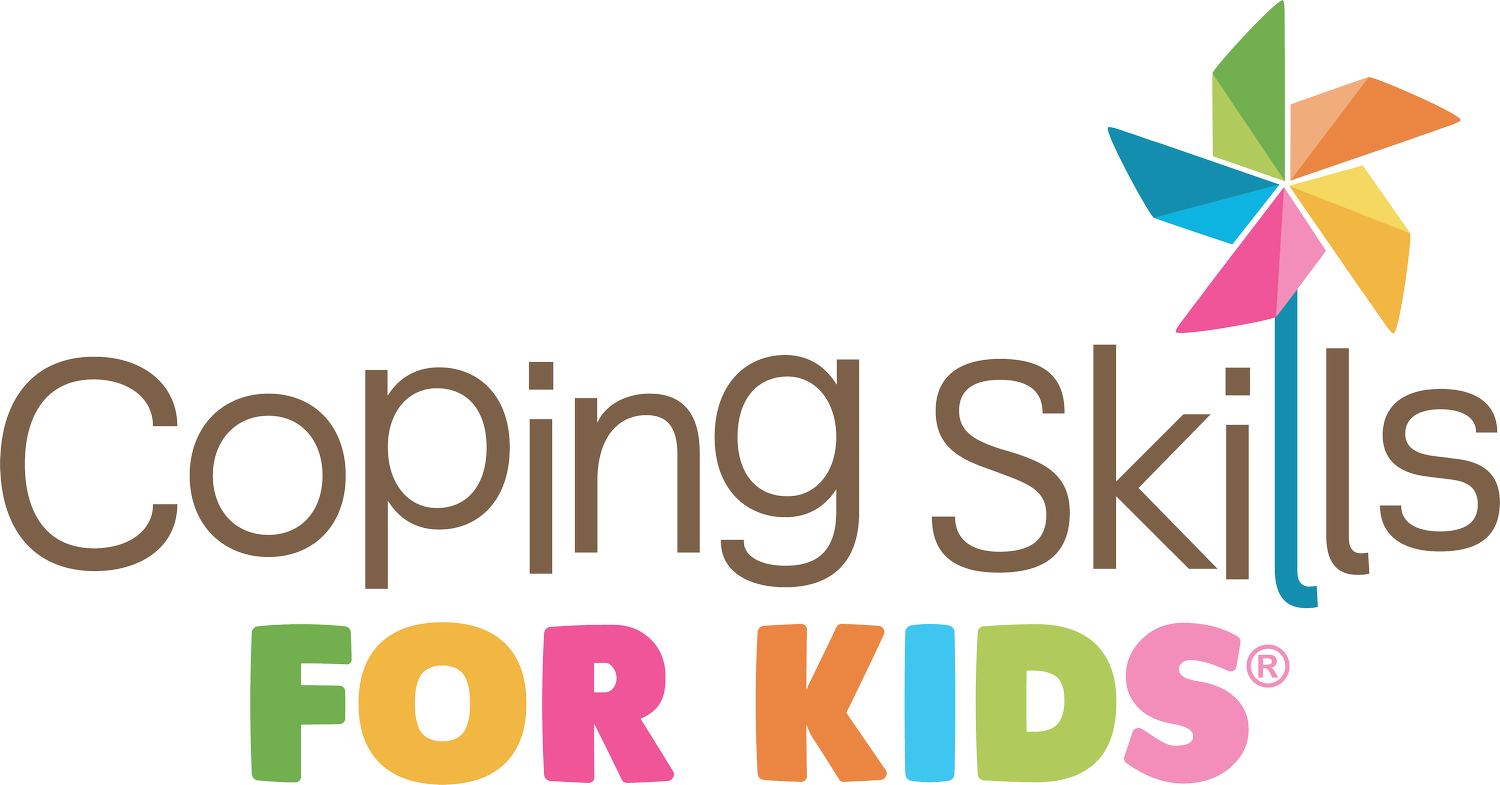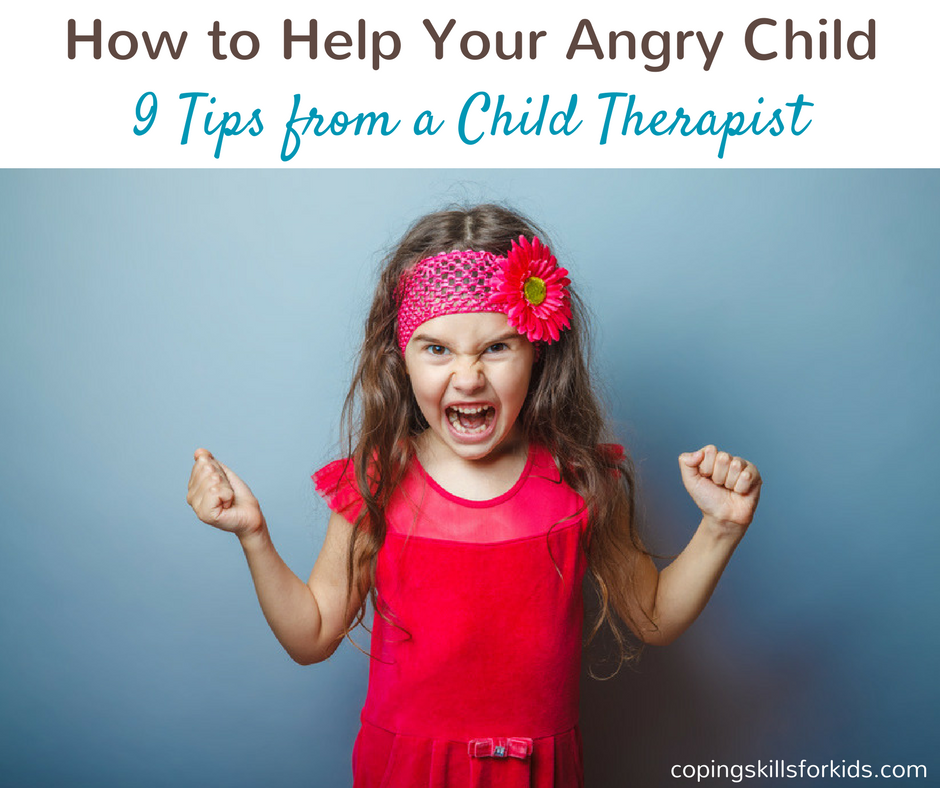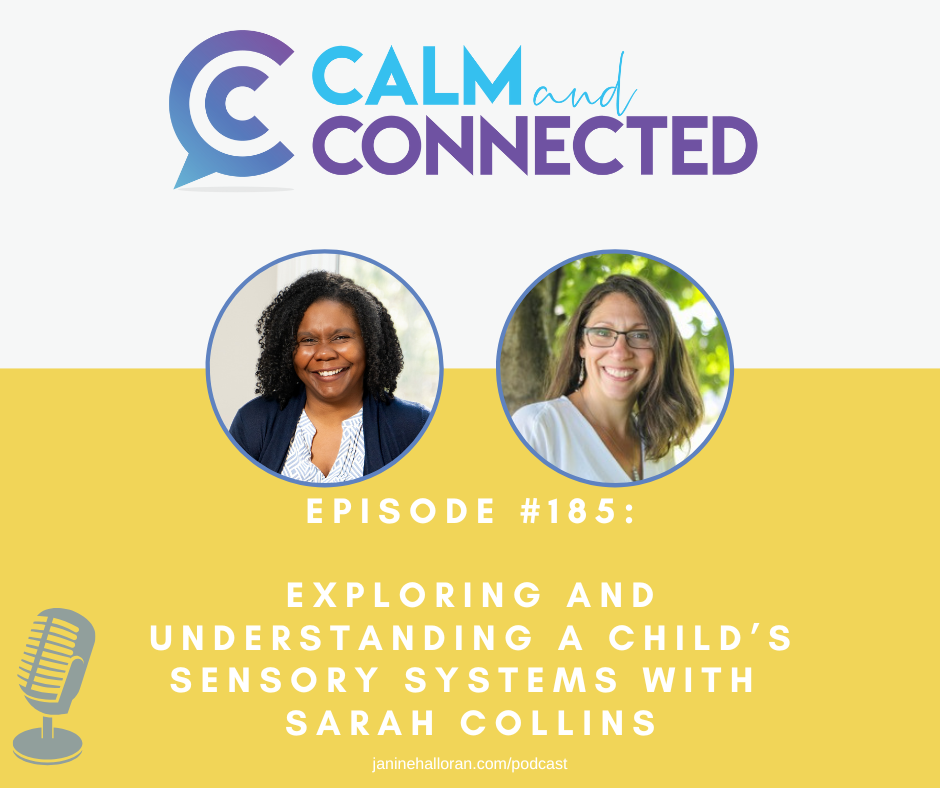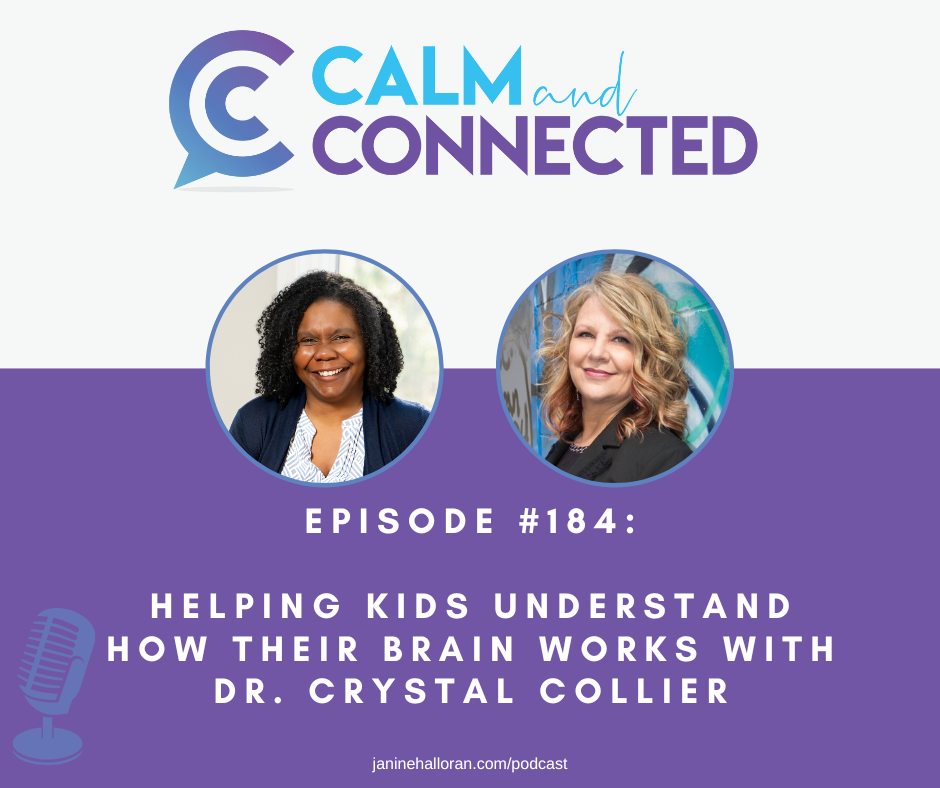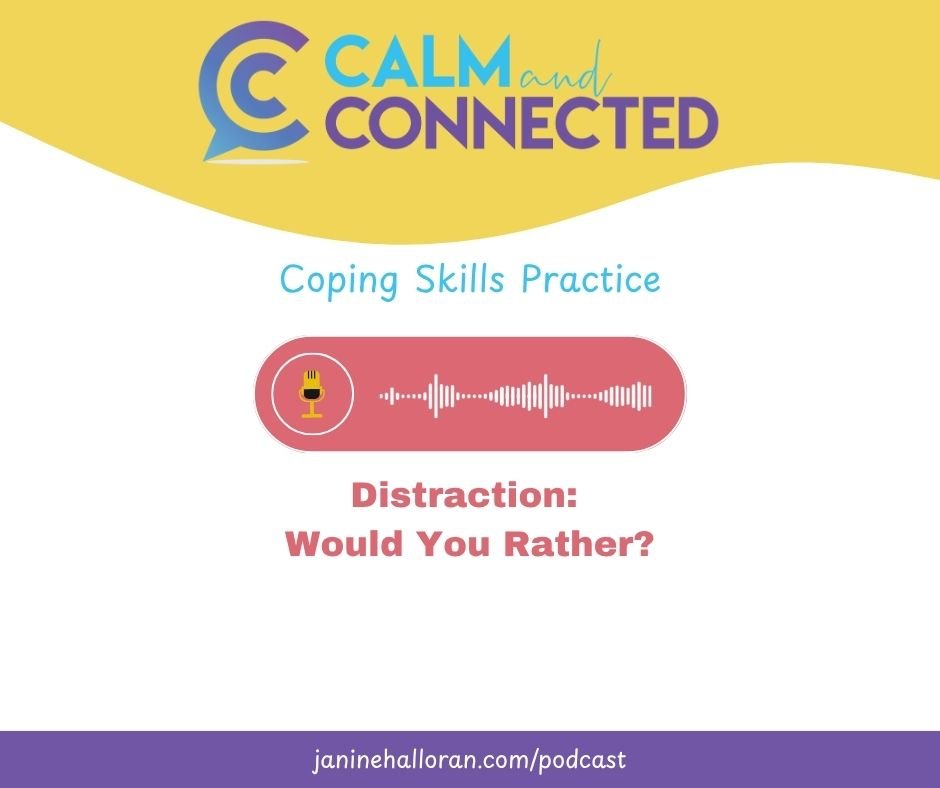It’s starting again, as usual, during homework time. Your daughter is frustrated with her work, and now she’s yelling and crumpling up her papers. Suddenly, she pushes everything from the table onto the floor. You’re feeling overwhelmed and don’t know what to do next. How do you deal with an angry child?
Get yourself calm
First things first, control your own emotions. As a mom, I know that’s tough, especially with your child. But it’s important to learn to do it.
When your child is in crisis, and you react with your big feelings, this can often escalate the situation. In moments like this, your reaction sets the tone for how the rest of this rough moment will play out. You want to be calm so you can help your child get calm. Be the thermostat, not the thermometer.
You don’t want to fluctuate with the temperature of the house, going with how your child is reacting. As the parent, you want to set the temperature of the house, by setting a calm tone. Here are some ideas to help yourself get calm:
Use Self-Talk
Here are some phrases that may help you to think about as you are working with your angry kid:
They’re having a hard time, not giving me a hard time
Share my calm, don’t join their chaos
I am in charge of staying calm, no matter how my child is acting and behaving
All feelings are OK. My job is to help my kid manage them
I can remain calm, and be a good example for my child
Deep Breaths
If you’re getting upset and about to blow up, try deep breathing. I know, it sounds hokey, but it makes a difference. When you are feeling overwhelmed, your body can go into fight, flight, or freeze mode, but in situations like these, you want to stay in rest and digest mode. By taking deep breaths, you’re signaling your body to go back to rest and digest mode. Expand your belly as you inhale, and contract your belly as you exhale. Try taking several deep breaths before you take steps to intervene.
Use a grounding technique
If you’re overwhelmed, sometimes the best thing you can do is a grounding exercise to calm yourself down.
Say the alphabet and numbers together (A-1, B-2, C-3, etc…)
Squeeze a stress ball
Take a sip of cold water
Count by 7’s
54321 Grounding
Ride out the storm
Keep talking to a minimum.
When a child is in fight, flight or freeze mode, they can’t process information as well as when their body is in rest and digest mode. It’s best to keep talking to a minimum at this point. It is not a teachable moment, and they can’t take in a lecture at this point. Your goal is to get them through this rough moment. When you talk with them, keep it short and repeat the same phrase. Repeating it is helpful because they aren’t processing things as they normally would, so the repetition can help them hear it.
Get them to a calm, safe spot
When some kids get big feelings, they destroy items around them - rip books, throw toys, etc. If that’s the case for your child, it may be helpful for you to set up a safe spot where kids can go when they are angry. In that space, take everything out that can be destroyed or thrown that might injure someone or damage property. If you have more than one floor, set up a safe spot on each level of your home.
If you aren’t in the safe spot when your child is dealing with big feelings, remove harmful objects out of the way and try to get them to that safe place.
Make their room a safe place too. We found that when our son started to have big feelings, he would throw things, and hit himself with items. We moved his toys and his bookshelf to a different room in the house so he could still play with them. In his room were very few items. The only ones that stayed were those things that wouldn’t hurt him or us. We did this to keep everyone, including him, safe. And as time went on, and he had better control of his emotions, we were able to add things back to his room.
After it’s over, debrief
The storm will eventually end, and your child will be calmer and in better space. After it’s all over, take a few minutes and talk about what happened. Keep the conversation simple. What do they remember? What helped? What didn’t help? This conversation doesn’t have to take place immediately after the incident is over. It could happen later on that night, perhaps at bedtime. Or maybe the next day.
If your other child/children were present, be sure to take a few minutes to check in with them too. Let them express how they felt, and talk about what they can do next time something like this happens.
Also, debrief with other adults in the home. It’s important to try to get on the same page about how to manage a child’s big feelings. Kids respond differently to different adults, so it’s also good to start keeping track of these patterns and what helps.
Be preventative
One of the best things you can do is work on teaching coping skills kids can use before things escalate to epic proportions. The trick is practicing when they are in a calm and relaxed mood, not in the moment when they are angry.
Talk about it
Start by talking about what’s making them frustrated or angry. Help them identify those triggers, so you both know for the next time. Is it a particular subject that makes them frustrated? Perhaps being hungry or thirsty? Are their certain noises or locations that are frustrating?
Where do you feel it in your body?
Sometimes, kids don’t know they’re angry until after the explosion has happened. Next help them identify signs in their body, so they know when they’re feeling frustrated. Through the identification of those signs in their body, it can help them start to recognize that feeling and eventually intervene with a coping skill earlier.
Identify and practice coping skills
Now that they know what causes those big feelings and how to identify them, help them figure out ways to deal with those feelings in safe and healthy ways. Go through the coping skills checklist and have kids check off the skills that work for them, cross off the ones that don’t and circle the ones they want to try.
Take a few minutes during the week and have them practice a coping skill that they may be able to use next time. For example, if they are going to try shapes for deep breathing, have them practice before, so they know how it feels. Or perhaps they want to try wall push ups. The idea is to have them practice, so they see what it feels like to do it when they are calm.
Using coping skills to deal with big feelings will not go perfectly every time. Learning to manage anger is a work in progress. Little by little, with practice and time, kids will get better at it. Encourage them when they make safe and healthy choices. When they don’t, continue to work with them to figure out better steps they can take the next time.
You take a few deep breaths. Then, in a calm, quiet tone, you say “How can I help?”
